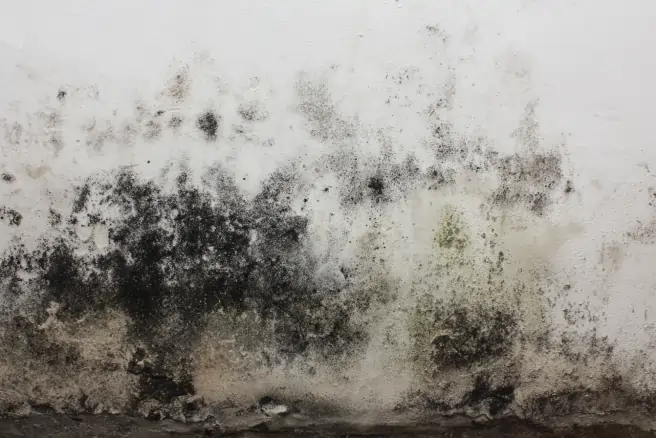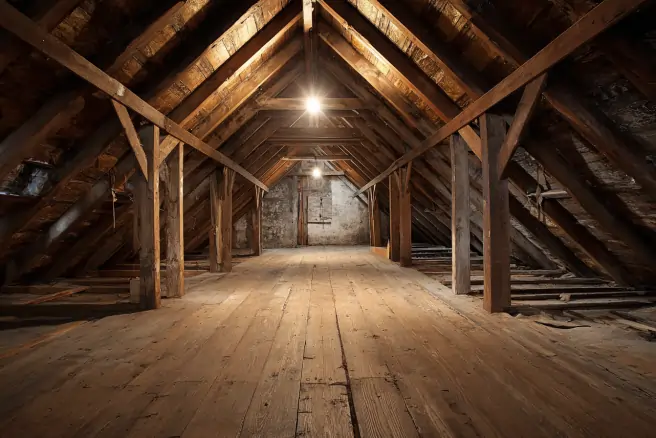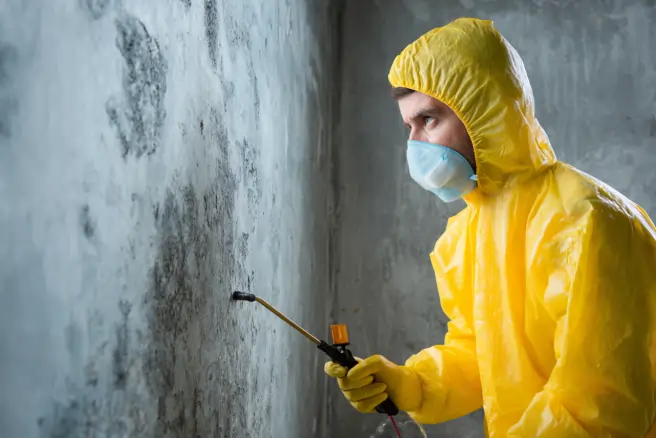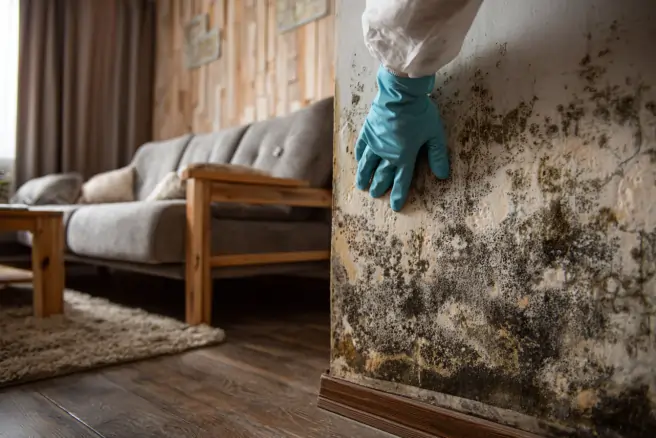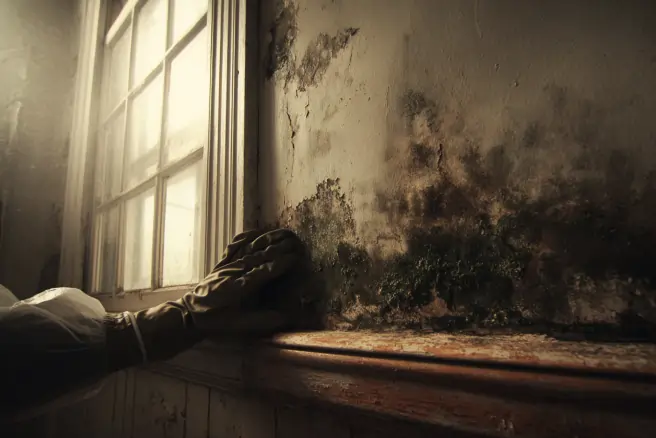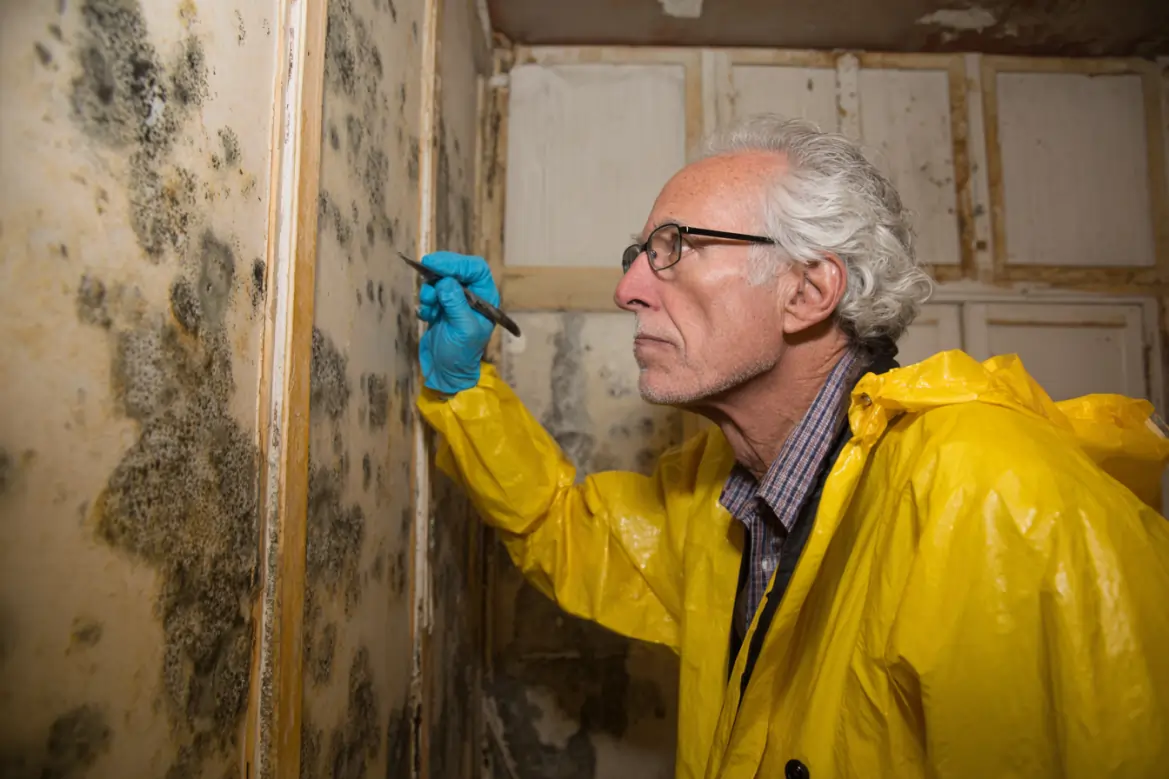
Titusville, Florida, the lively center of the Space Coast, beckons with its waterfront allure—where the Indian River Lagoon’s serene expanse provides stunning backdrops for family fishing trips or quiet evenings on the dock in neighborhoods like River Shores or Whispering Pines. For property owners of lagoon-side cottages, the charm of living by the water comes with a catch: Heightened mold risks from surges, salt spray, and the area’s relentless humidity. With an average of 50 inches of annual rainfall and humidity levels hovering between 75% and 85%, waterfront homes are especially prone to fungal growth in exteriors and hidden spaces, leading to damages that can cost $2,500 to $9,000 if not caught early, according to local insurance claims data. The big question for Titusville cottage owners? Go with affordable DIY mold testing kits for a quick scan, or invest in full professional inspections like thermal scans to uncover salt-corroded issues?
DIY kits offer convenience and low cost for surface checks, while pro inspections provide comprehensive detection for surge-prone exteriors, but the right choice depends on your property’s exposure and budget. In Titusville’s lagoon-adjacent cottages, where brackish water wicks up through foundations and salt etches wood, balancing affordability with thoroughness is key to avoiding recurrence. The good news is both approaches have their place, and understanding the trade-offs can save you money and stress. In this guide, we’ll break down why waterfront properties are vulnerable, review DIY test kits, explore professional thermal scans, compare costs and benefits, and share insurance tips for surge damage. By the end, you’ll have a clear strategy to test smart and keep your cottage safe. Let’s weigh the options and find what fits your riverside retreat.
Why Titusville Waterfront Properties Face Higher Mold Risks
Titusville’s position along the Indian River Lagoon puts waterfront cottages in a high-risk zone for mold, where the combination of tidal surges, salt-laden air, and persistent humidity creates ideal conditions for growth. The lagoon’s brackish waters— a blend of fresh river flow and salty ocean influence—carry minerals that cling to exteriors during even minor floods, corroding wood siding and creating micro-cracks where moisture seeps in. With the county’s low elevation (often 5-15 feet above sea level), Atlantic storms push 2-4 foot surges inland, saturating foundations and wicking vapor up through crawl spaces or slabs, especially in older cottages from the 1950s-70s era.
Humidity plays a starring role: At 75-85% year-round, it condenses on cooler interior surfaces, feeding spores on salt-damp wood or insulation. Local factors like clay-sand soils that drain slowly after rain trap groundwater, while wind from the Space Center (gusts up to 30 mph) drives spray under doors or into vents. Post-storm, like after Milton, 40% of Vero Beach-area claims involve waterfront properties, with mold starting in exteriors and spreading indoors via HVAC. Health effects include irritated eyes and coughs from spores, with Brevard County data showing 22% more allergy cases in riverfront residents during wet periods.
Structural concerns compound: Salt accelerates rot in untreated lumber, weakening beams and costing $4,000+ to replace. For Titusville cottages, where properties average $300,000-600,000, mold erodes curb appeal and value. Affordable testing vs. full inspections helps decide—kits for quick exteriors, pros for deep scans. Knowing the risks—surges as the spark, salt as the accelerator—sharpens your strategy. In a town where the river runs as deep as the roots, smart testing keeps your cottage standing tall.
Affordable DIY Mold Test Kits: Quick Checks for Waterfront Exteriors
DIY mold test kits are a budget-friendly entry point for Titusville cottage owners spotting surface issues on salt-corroded siding or decks. Available at local stores like Home Depot in Vero Beach, they’re easy to use and give fast answers without calling a pro.
Swab and Tape Kits: Mold Armor kits ($10-20) include swabs or adhesive tapes for surfaces—rub on suspected areas like dock posts or window frames, seal in the vial, and mail to a lab ($40-50 results in 5-7 days). They detect common types like Cladosporium, safe for exteriors. For salt-damp wood, use multiple swabs to cover 10 sq ft.
Air Sampling Pumps: ProLab air test kits ($40-60) use a small pump to collect air samples near vents or under eaves—run for 5 minutes, send for analysis. Identifies airborne spores; great for post-surge checks when lagoon mists carry contaminants.
Moisture Add-Ons: Kits with meters ($20-30) test wood RH—over 18% signals risk. Combine with swabs for full picture; salt-resistant probes ($15) handle brackish exteriors.
Step-by-step for a deck: Clean surface, swab spots, meter moisture, mail samples. A River Shores owner used an air kit after a surge and confirmed low spores for $50, avoiding unnecessary work. Kits cost $30-80 and take 1-2 hours—ideal for quick exteriors in fall’s drier air.
Pros: Immediate, no wait; empowers owners. Cons: Surface-only (misses 50% hidden), no treatment advice. For cottages, kits suit salt-stain checks but not deep walls.
Professional Thermal Scans: In-Depth Inspections for Hidden Threats
Full inspections with thermal imaging go deeper, mapping salt-corroded exteriors and interior risks in Titusville cottages without demolition.
Thermal Imaging Scans: Infrared cameras ($200-400 rental or $150/service) detect cool spots from damp—mold shows as blue against warm wood. Pros scan walls and roofs in 1 hour, identifying surge wicks or roof leaks. Salt-damp appears as irregular patterns; reports include photos.
Borescope and Endoscope: Flexible cameras ($50-100/service) snake into voids—live video reveals growth in rafters or behind siding. For waterfront, they check pier bases for brackish seep.
Air and Surface Sampling: Pro labs ($100-200) test air for spores and surfaces for types—ERMI method analyzes dust for 36 molds. Includes moisture mapping with meters.
Timeline: 2-4 hours on-site, results in 3-5 days. A John’s Island cottage owner scanned his exterior with thermal and found a salt-weakened soffit for $300, fixing it before mold spread. Inspections cost $200-500 and provide insurance docs.
Pros: 95% accuracy for hidden; expert advice. Cons: Higher cost, scheduling. For cottages, thermal excels on salt-corroded roofs.
Cost-Benefit Comparison: Kits vs. Inspections for Lagoon-Side Cottages
Costs depend on scope, but here’s a Titusville waterfront cottage breakdown for a 50 sq ft exterior wall issue.
DIY Kit Costs: Swab kit $10-20, meter $20-30, lab $40-50—total $70-100. Time: 1-2 hours. Ongoing: $30/month re-tests. Benefit: Quick, no travel; ROI 1 week for surfaces. Drawback: 40% false negatives in salt-damp; no follow-up.
Pro Inspection Costs: Thermal scan $200, borescope $100, sampling $150—total $450. Time: 2-4 hours. Ongoing: $200/year re-scans. Benefit: 95% accuracy, reports for insurance (10-15% discounts, $300-500 savings); ROI 6 months vs. recurrence. Drawback: Upfront, but nets 60% savings over 2 years.
Cottage math: Salt corrosion triples DIY miss rate—pro’s $450 investment saves $3,000 in 3 years. For lagoon-side, kits for decks, inspections for walls—hybrid: Kit test + pro scan ($250 total).
Insurance angle: Full inspections qualify for Brevard rebates ($200); kits don’t. Comparison: DIY for dab, pro for depth—tailor to tide.
Insurance Tips for Surge-Prone Waterfront Cottages
Insurance can offset costs—Vero Beach cottages in surge zones (FEMA AE) qualify for discounts with proof of prevention.
Wind Mitigation Credits: Sealed roofs and vents earn 10-20% off premiums ($400-800/year)—get a 4-point inspection ($100) showing upgrades.
Flood Coverage: NFIP policies cover mold from surges up to $10,000—document with pro reports. Private insurers like Citizens offer add-ons for $200/year.
Rebates and Grants: Brevard’s flood-proofing program reimburses 25% for barriers ($500 max); apply post-inspection.
A Barrier Island owner used a pro scan for insurance credit, saving $600 annually. Tips: Keep receipts; renew policies yearly.
When to Choose DIY Kits or Pro Inspections: Decision Guide
Kits for quick exteriors <10 sq ft or salt stains; pros for walls, attics, or surge history. For expert inspections in Titusville’s waterfront challenges, contact Titusville Mold Removal at https://titusvillemoldremoval.com. The company offers free surge scans and full thermal reports with a no-reoccurrence guarantee for lagoon-side homes.
Unsure? Start with kit—if positive, go pro. For cottages, hybrid wins—test deck DIY, inspect foundation pro.
For waterfront standards, see the FEMA’s NFIP Flood Insurance Guide—it’s a key resource for surge-prone properties.
Conclusion: Test Smart for Your Titusville Cottage
Affordable mold testing vs. full inspections in Titusville waterfront properties balances budget and thoroughness—kits for quick checks, pros for deep dives. With comparisons, insurance tips, and decisions, your cottage stays secure. Start this fall—test a wall, scan for salt, and review your policy. Your lagoon life stays dry and delightful.
